How to Choose Different Types of Flooring for Your House
When choosing flooring for your home, it’s important to consider your budget, lifestyle and design preferences. In this post, we discuss the different types of flooring and how to choose the best style for each room.
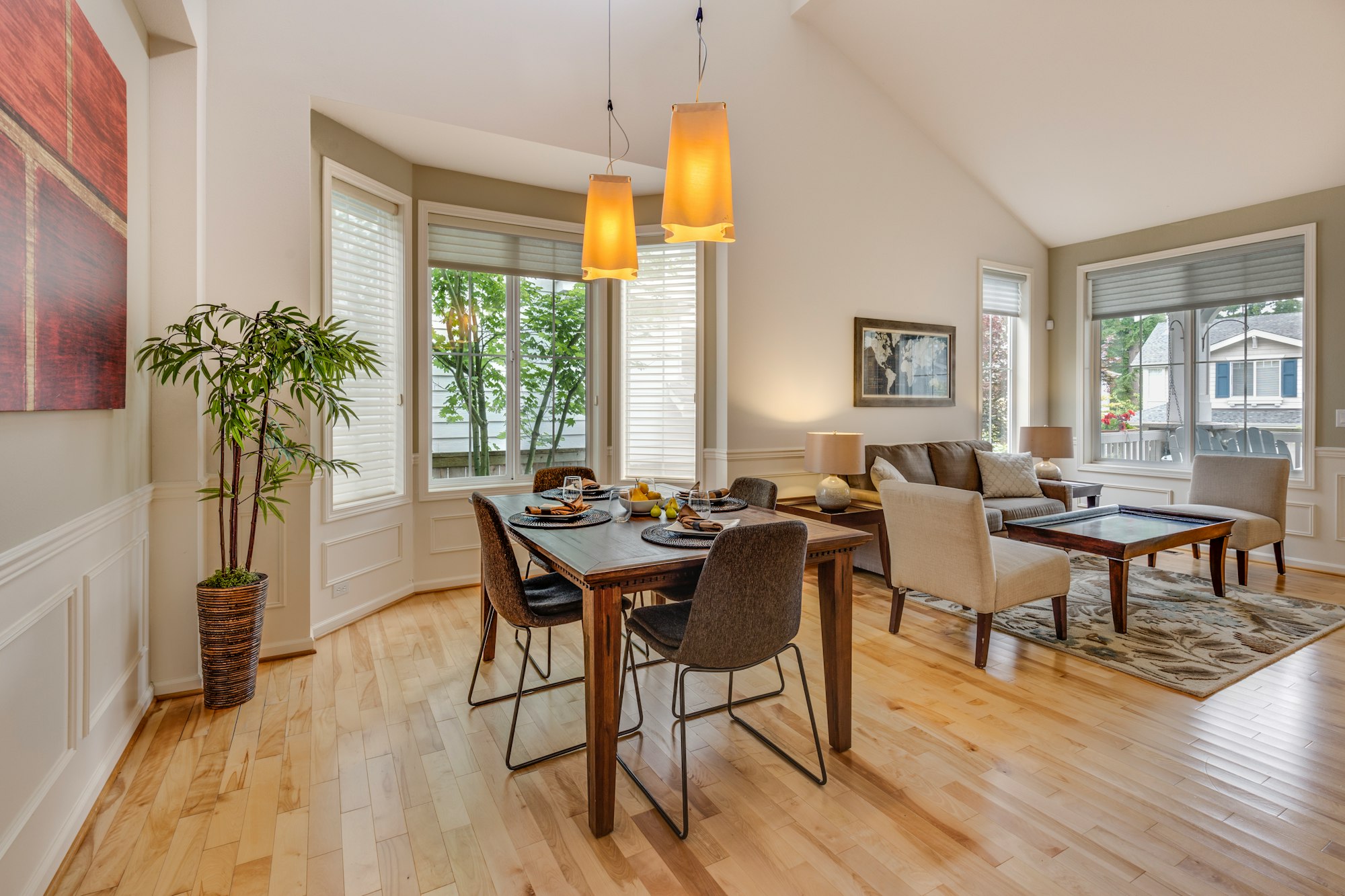
There are many different types of flooring on the market today. Choosing the right kind of flooring is essential, as it can affect the look and feel of the room. In this post, we discuss the different types of flooring and how to choose the best kind for each room. We will also provide tips on what flooring is best for the various rooms in your house.
When choosing flooring for your home, it’s important to consider your budget, lifestyle and design preferences. Where you live can also play a role in your choice of flooring. Use this quick guide to help you choose the best type of flooring for different rooms in your house.
What are the different flooring options?
How to choose flooring

Before selecting what kind of flooring you want to install in your home, there are a few things to consider. Some flooring works better in certain areas and isn’t ideal in all rooms. Certain types of flooring offer a better return on investment, will last longer and fit better with your esthetic.
Flooring materials also have to fit your family's situation and your budget. In high-traffic areas like kitchens and bathrooms, durability is critical. Children and pets also need flooring resistant to scratches and easy to clean. If you need underlayment or padding, it will cost you more. Professional installation will also increase the budget.
Where you live will also factor into your flooring options. Tile and stone flooring work better in hotter and more humid climates. You are better off with hardwood, laminate or carpeting in colder and dryer climates. Remember that not all the flooring materials might be readily available where you live. Imported materials might vary in cost depending on the changes in global markets.
What are the different flooring options?
There are different types of flooring that you can install in your house. Let’s look at some of the most popular options out there.
Carpet
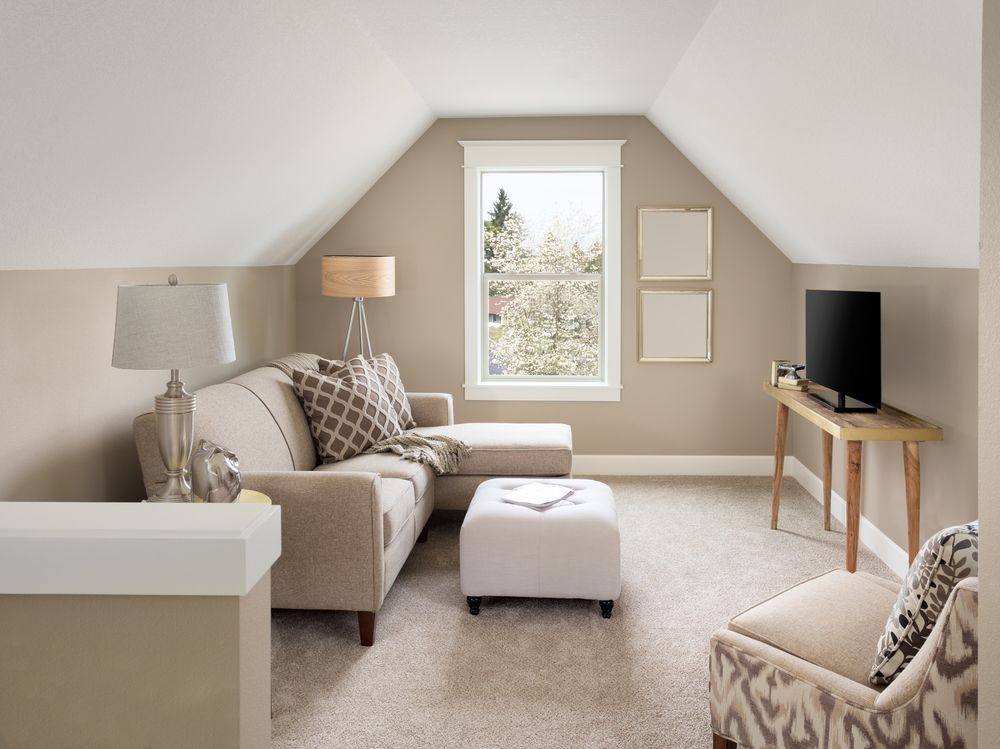
The most common type of flooring is carpeting. Carpets are made from different materials, including wool, nylon and polyester. They are soft and comfortable, making them an ideal option for bedrooms and living rooms. They can also add warmth to any space.
Pros
- Cost-effective
- Available in multiple colors, materials and designs
- Great for soundproofing
- Soft and warm on feet
- Great for sound-proofing
- Stain-resistant varieties exist
Cons
- It can be difficult to clean and maintain
- Not as durable as other types of flooring
- Can absorb odors, pet hair and pollen
- Not recommended for moisture-prone areas
- Not great for homes with pets
Hardwood
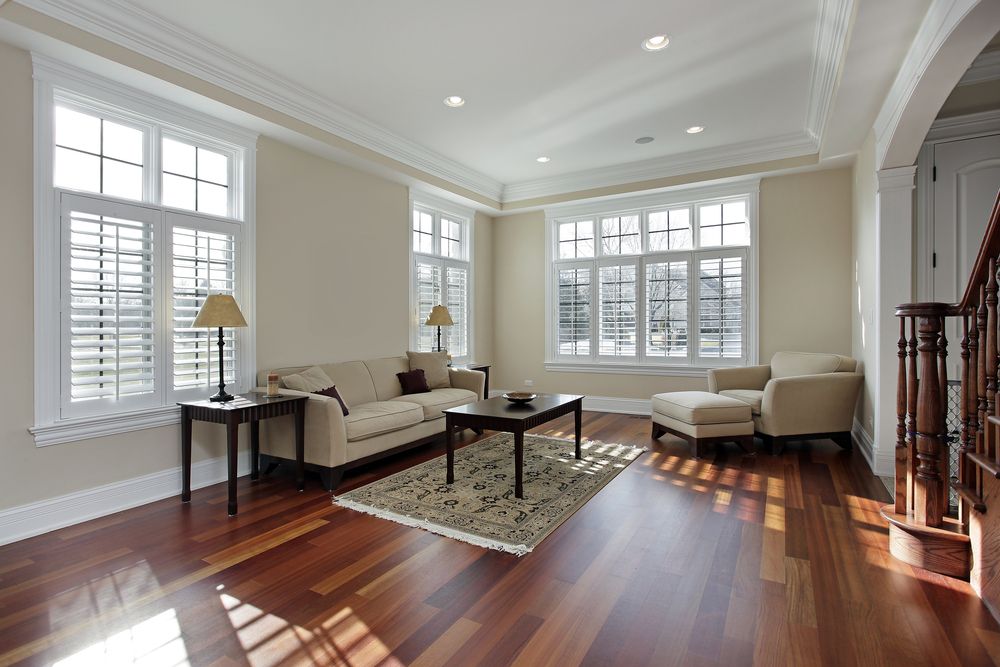
Hardwood floors are made from different solid pieces of milled wood. Maple, oak, cherry and walnut are the most popular hardwood options. Hardwood floors are easy to clean and provide a classic look to any room. However, they are one of the most expensive flooring materials and require professional installation.
Pros
- Increases home value
- Strong and durable
- High ROI
- Can be refinished multiple times
- Many options available
- Great for allergy sufferers
Cons
- Expensive compared to other top flooring materials
- Prone to scrapes, scratches and dents over time
- Can incur moisture damage
- Not suitable for bathrooms, laundry rooms and basements
Engineered wood
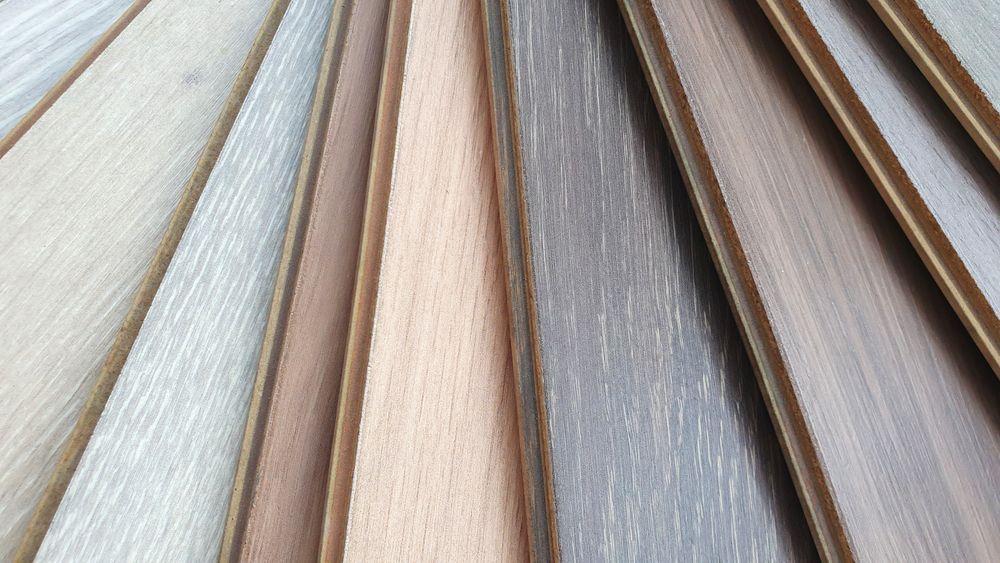
Engineered wood is made by adding a thin layer of hardwood on top of a base made from multiple layers of plywood. It is more affordable than hardwood and more durable, making it ideal for high-traffic areas such as the kitchen or entryway.
Pros
- DIY-friendly
- More affordable than hardwood with a similar finish
- Greater resistance to moisture and water than real wood
- More resistant to warping
- Multiple installation methods
Cons
- Can only be refinished a couple of times
- Not fade-resistant
- Wide variation in quality
- Can sound hollow underfoot
- Emits VOCs, which can affect people with sensitivities
Laminate
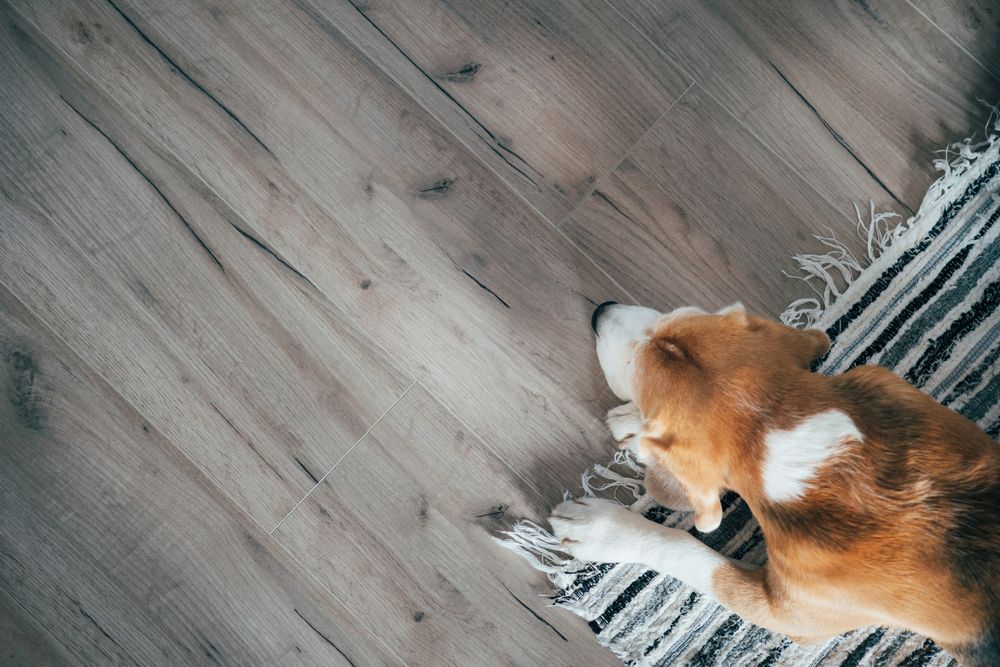
Laminate flooring is a type of synthetic flooring that resembles wood or stone. It is made from a particleboard wood base topped by wood or tile photo beneath a transparent plastic protective layer. If you have pets and small children, laminate may also be a better choice as it is resistant to scratches.
Pros
- Easy to install and DIY-friendly
- Available in a variety of colors and styles
- Durable and scratch-resistant
- Great for high-traffic areas
- More affordable than hardwood
Cons
- Susceptible to moisture damage
- Difficult to repair
- Not ideal for kitchens or bathrooms
- Chips easily
Tile
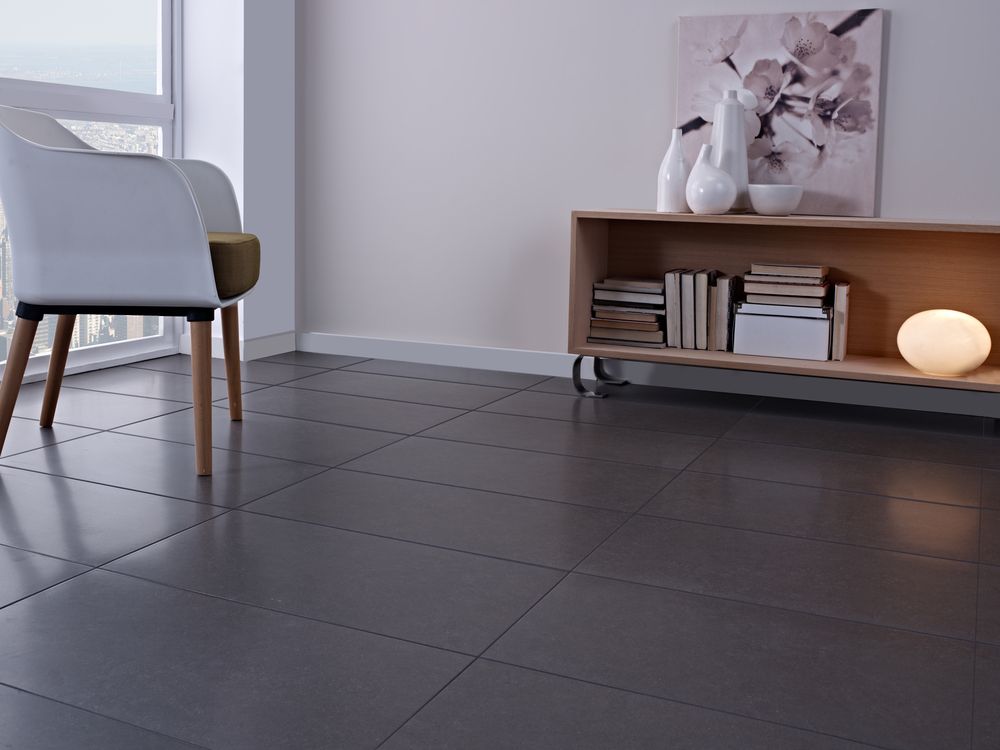
Ceramic and porcelain tiles are another popular flooring option. Tile flooring is well-suited for high-traffic and moisture-prone areas like kitchens and bathrooms. This type of flooring is easy to clean and adds a stylish look to any room. Tiles are also an excellent option for floors in hot and humid climates.
Pros
- Waterproof
- Durable
- Long-lasting
- Comes in a wide variety of options
Cons
- Expensive
- Hard to install
- A lot of prep work is needed before installation
- Can be cold and slippery
Natural stone
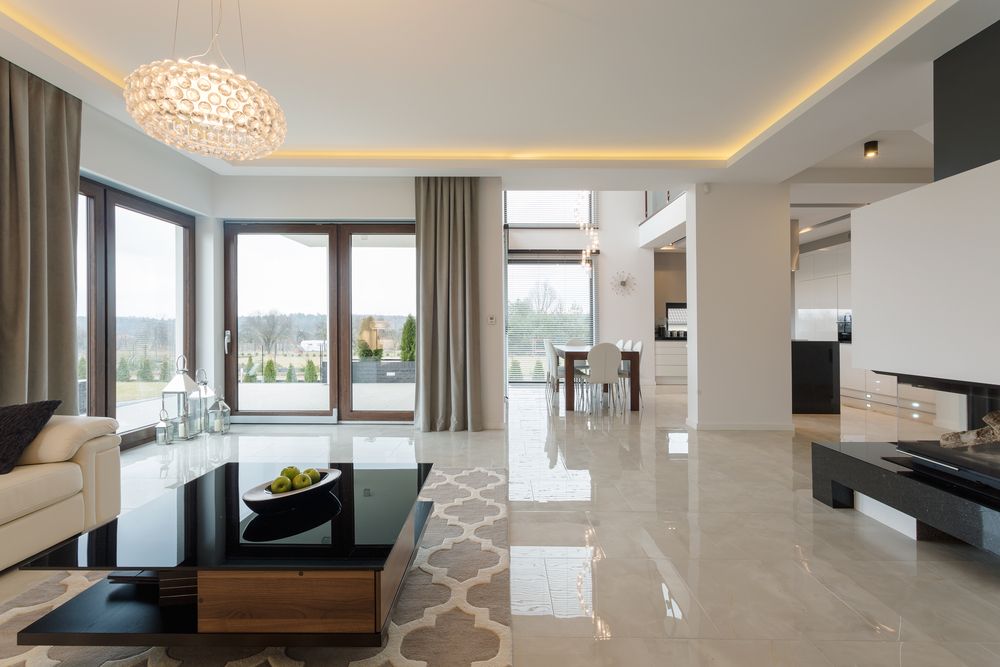
Like ceramic and porcelain tiles, natural stone is highly durable and water-resistant. It’s a popular choice for indoor and outdoor spaces. The stone’s finish determines how much care your floor will require. Natural stone flooring options include granite, marble, travertine and sandstone.
Pros
- Comes in many styles, colors and shapes
- Waterproof and durable
- Great for radiant heating
- Eco friendly
- Suitable for homes with kids and/or pets
Cons
- Expensive
- Hard to install
- A lot of prep work is needed before installation
- Difficult to maintain
Linoleum
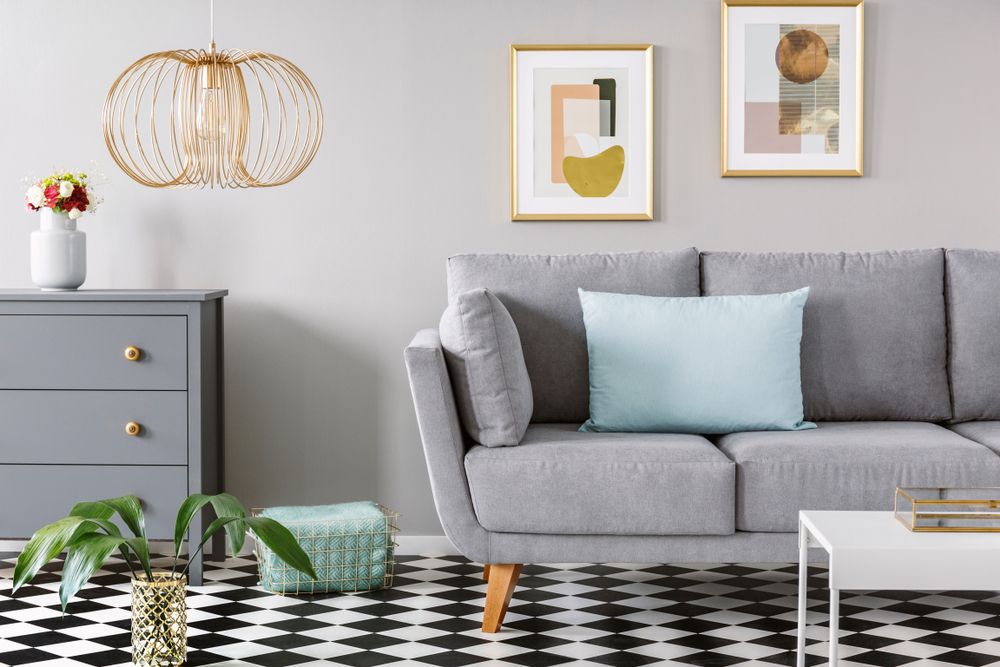
Linoleum flooring is made from natural materials like wood flour, rosins, ground limestone, powdered cork, pigments, jute and linseed oil. Scraps and remnants of old linoleum can also be recycled to make new sheets.
It’s a durable and green flooring option that’s affordable and easy to install. Although linoleum fell out of style, it’s slowly making a comeback thanks to its eco-friendly nature.
Pros
- Inexpensive
- Eco-friendly
- Easy to install
- Low maintenance
- Available in a variety of colors and patterns
Cons
- Won’t increase home value
- Dents and cuts easily
- Not suitable for moisture prone-areas
Vinyl
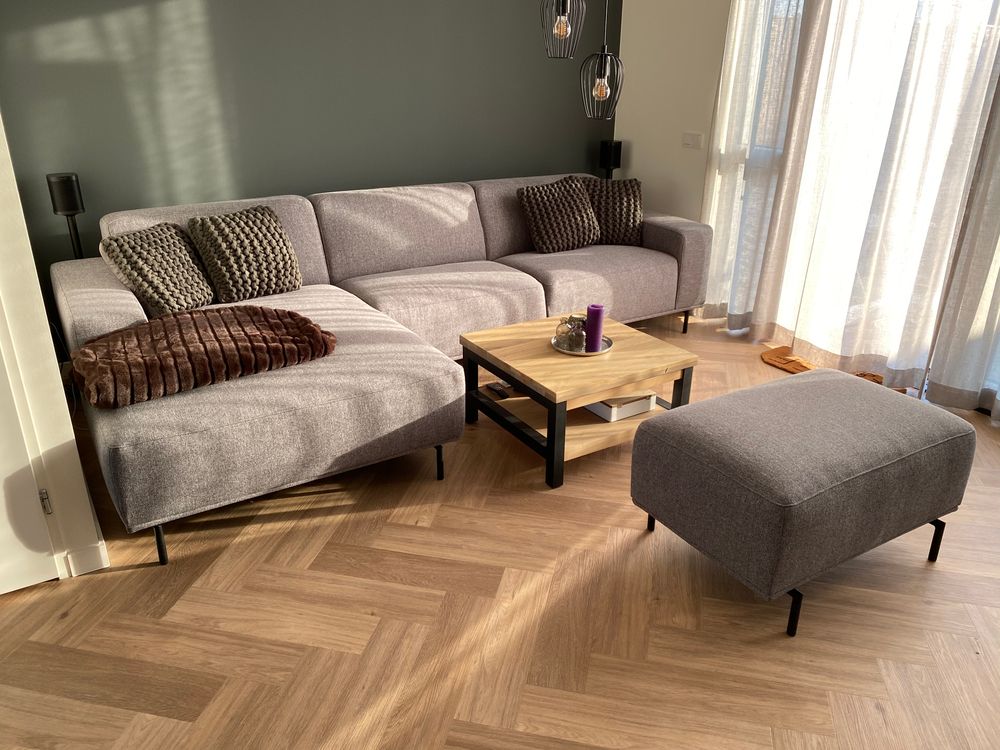
Although similar to linoleum, vinyl is a synthetic material that can mimic the look and feel of almost anything. It’s a durable and maintenance-free option that varies in quality from cheap to luxury. It’s commonly used in laundry rooms, kitchens and bathrooms, but it also makes an excellent choice for basements.
Pros
- Endless variety of patterns and textures
- Totally waterproof
- Low maintenance and durable
- Easy to install
- Affordable
Cons
- Not environmentally friendly
- Can look cheap
- Can warp if applied incorrectly
Bamboo

Bamboo is a fast-growing grass that doesn’t require water, pesticides or herbicides to thrive. It’s a sustainable material that’s also durable and easy to clean. Bamboo flooring comes in a variety of styles and plank sizes, making it an environmentally-friendly alternative to hardwood floors.
Pros
- Sustainable and renewable
- Durable and pet resistant
- Easy to maintain
- Can be refinished
- Increases home value
Cons
- Easily scratched
- Susceptible to humidity
- Low-quality bamboo can contain toxins in adhesives
- Can be pricey
Choosing the right materials for your floors can save you time and money in the long run. You want to ensure that your floors look great in your home, are durable and easy to clean. There are numerous flooring options available on the market. We hope that our list has offered you helpful tips for selecting suitable flooring for your home.
Want to preview flooring options in your home before you start? We recommend giving your floors a virtual makeover with our Planner5D software tool. You can also create floor plans, and choose your finishings and flooring materials from the comfort of your home.
